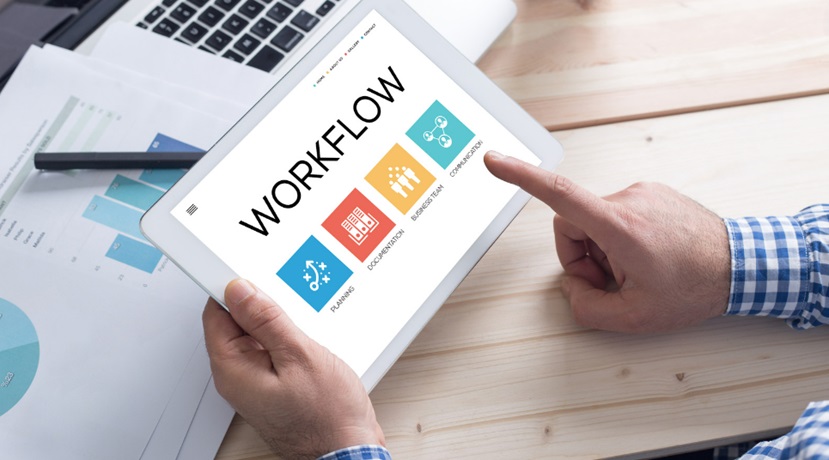Enhancing Workflow Efficiency Through EMR Integration
Enhancing workflow efficiency in the healthcare sector has become paramount, particularly with the integration of electronic medical records (EMR). The adoption of EMR integration facilitates seamless data sharing, improves patient care, and streamlines administrative tasks. By leveraging EMR systems, healthcare providers can efficiently manage patient information, reduce errors, and optimize overall operations. The integration process can be complex but offers transformative benefits when executed successfully.
The Benefits of EMR Integration
Enhanced Data Security
With the increasing concerns over data security, EMR systems provide robust measures to protect sensitive patient information. Encryption, access controls, and secure data storage options ensure that medical records are kept confidential and secure from unauthorized access. Implementing an EMR system fortifies the security framework, safeguards patient data against breaches, and ensures compliance with regulations such as HIPAA.
Streamlined Administrative Tasks
The automation of administrative tasks through EMR systems reduces the manual effort needed to manage patient records, billing, and scheduling. This automation not only saves time but also minimizes the likelihood of human error. Integrating EMR systems can significantly reduce paperwork, allowing staff to focus more on patient care and less on administrative duties. To learn more about the steps to be taken, you can refer to this guide for successful EMR integration.
Increased Accessibility and Collaboration
EMR systems significantly enhance the accessibility and collaboration among healthcare providers. With cloud-based solutions, medical professionals can access patient records from any location, facilitating remote consultations and telehealth services. This increased accessibility reduces the need for patients to carry physical records and ensures that healthcare providers have up-to-date information at their fingertips. Additionally, EMR systems promote interdisciplinary collaboration by allowing various healthcare providers to access and update patient information, ensuring continuity of care.
Improved Patient Engagement
Another benefit of EMR integration is the empowerment of patients through improved engagement. With EMR systems, patients can access their health information, track their medical history, and even communicate with their healthcare providers via secure messaging platforms. This transparency fosters a more active role in managing one’s health, encouraging patients to adhere to treatment plans and seek timely medical advice. Enhanced patient engagement is linked to better health outcomes and higher patient satisfaction.
Improved Patient Care
One significant advantage of integrating EMR systems is the notable improvement in patient care. EMR systems provide healthcare providers with instant access to comprehensive patient histories, real-time test results, and other critical data. This accessibility allows physicians to make more informed decisions, leading to better treatment outcomes. The various benefits of EMR integration include increased efficiency, accuracy, and better patient outcomes.
Cost Efficiency
Integrating EMR systems can lead to substantial cost savings for healthcare facilities. The reduction in paper-based processes lowers office supply expenses and storage costs. Furthermore, the efficiency gained through streamlined administrative and clinical operations translates to reduced labor costs and improved resource allocation. These financial benefits, coupled with better patient outcomes, make EMR integration a valuable investment for healthcare providers looking to enhance their services while managing expenses effectively.
Conclusion
EMR integration plays a pivotal role in advancing healthcare efficiency, improving patient care, and safeguarding data security. By streamlining administrative tasks, enhancing collaboration, and empowering patients, EMR systems contribute to a more efficient and effective healthcare environment. As the healthcare industry continues to evolve, the adoption of EMR integration remains a crucial step toward achieving a robust, patient-centric model of care.








